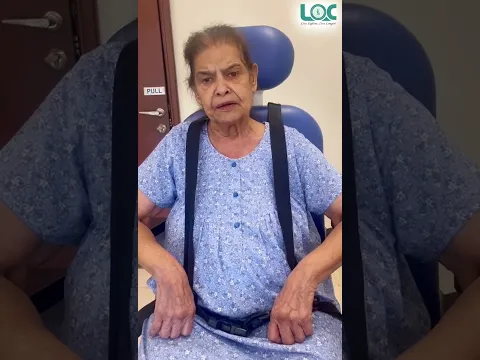Femoral Hernia

Femoral Hernia Treatment In Pune & Mumbai
What is a Femoral Hernia?
A femoral hernia happens when part of the intestine or fat protrudes through a weak area in the bottom of the abdominal wall, close to the top of the thigh or groin. It forms in the femoral canal, a small tube in the lower abdomen through which blood vessels travel into the legs. While not as frequent as inguinal hernias, femoral hernias are more common in women, particularly after childbirth or major weight gain.
Symptoms of a Femoral Hernia
- A small bulge near the groin or upper thigh, often on one side
- Pain or discomfort, especially when standing, lifting, or straining
- Tenderness or a heavy sensation in the lower abdomen
- Nausea and vomiting (in cases of strangulated hernia, requiring emergency care)
Since femoral hernias are often small and may not cause symptoms initially, they are sometimes discovered only during a routine medical examination.

Causes and Risk Factors Leading to Femoral Hernia
The formation of a femoral hernia is associated with the weakness of abdominal wall muscles and elevated pressure in the abdominal region. Heavy lifting, persistent coughing, and long-standing constipation are common activities that help bring this on. Pregnancy, childbirth, being overweight, and normal aging processes are other elements that compromise the muscles and expose them to bulging.
How Does the Procedure Work?
As femoral hernias carry more danger of complications like strangulation, surgical treatment is frequently suggested even if symptoms are not serious. Laparoscopic repair of the hernia is a procedure using minimal cuts and the placement of a mesh for the reinforcement of the weak region so that healing becomes faster and there is little scarring involved. Open hernia repair might be needed in more serious cases or when hernias are bigger, with the goal of giving long-term reinforcement of the impacted area.

Importance of Timely Medical Intervention
As compared to other hernias that could be followed over time, femoral hernias are in need of surgical repair because they carry a greater chance of life-threatening complications. Getting early medical attention prevents emergency room visits and guarantees a quick recovery with fewer post-operative issues.
FAQ'S
A femoral hernia occurs when tissue, such as part of the intestine, pushes through a weak spot in the muscle wall of the groin or inner thigh. This type of hernia is more common in women and can present as a lump near the groin area.
Femoral hernias can result from increased pressure within the abdomen, a pre-existing weak spot in the abdominal wall, straining during bowel movements or urination, heavy lifting, or chronic coughing or sneezing. They are more common in women due to the wider bone structure of the female pelvis.
- Open surgery: Patients may return to normal activities within 4 to 6 weeks.
- Laparoscopic surgery: Recovery is typically quicker, with many resuming normal activities in 1 to 2 weeks.




